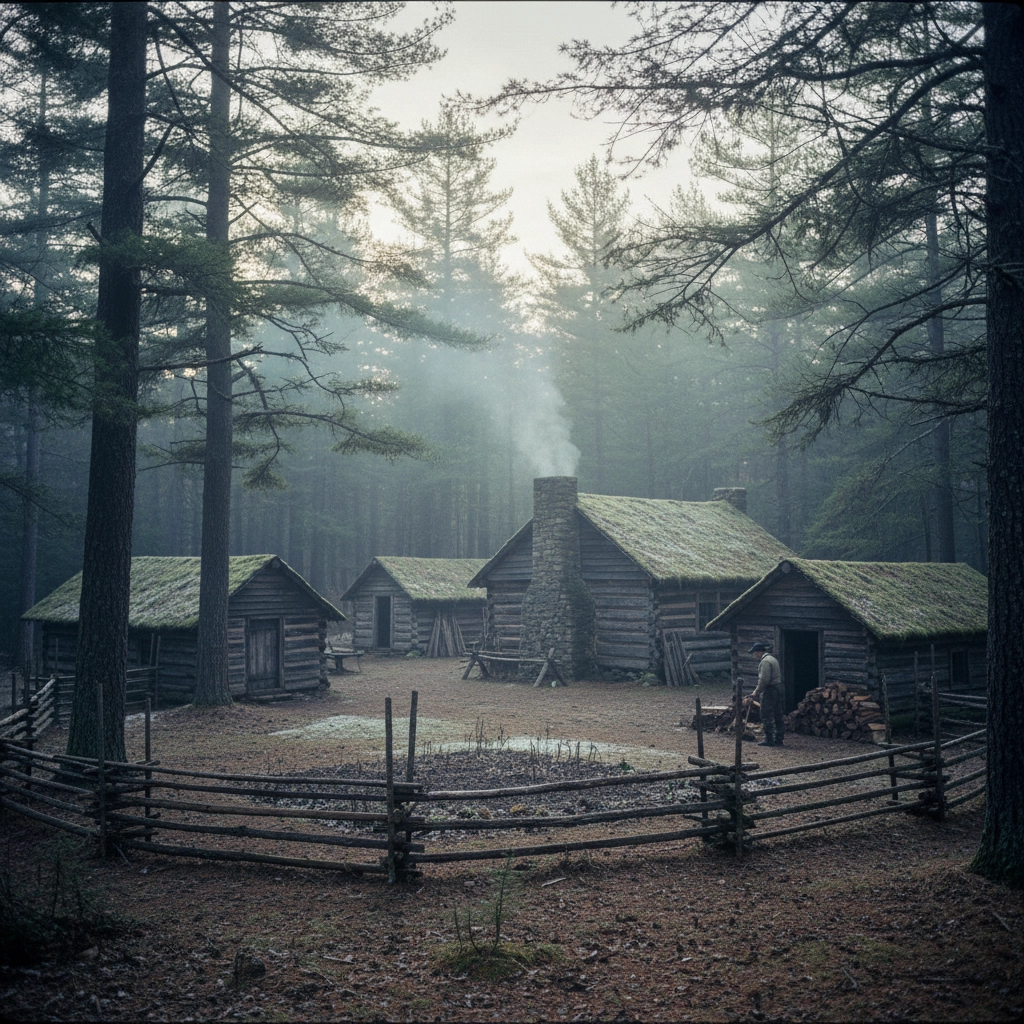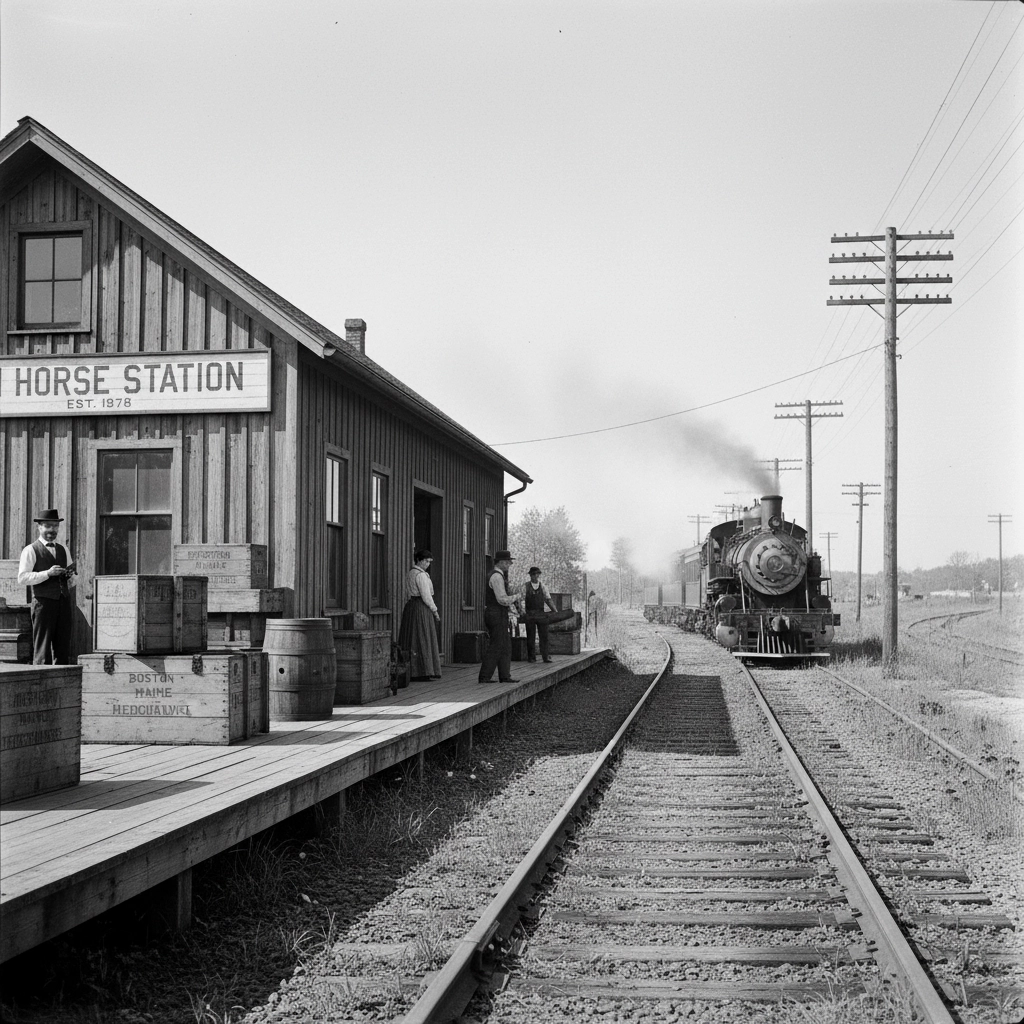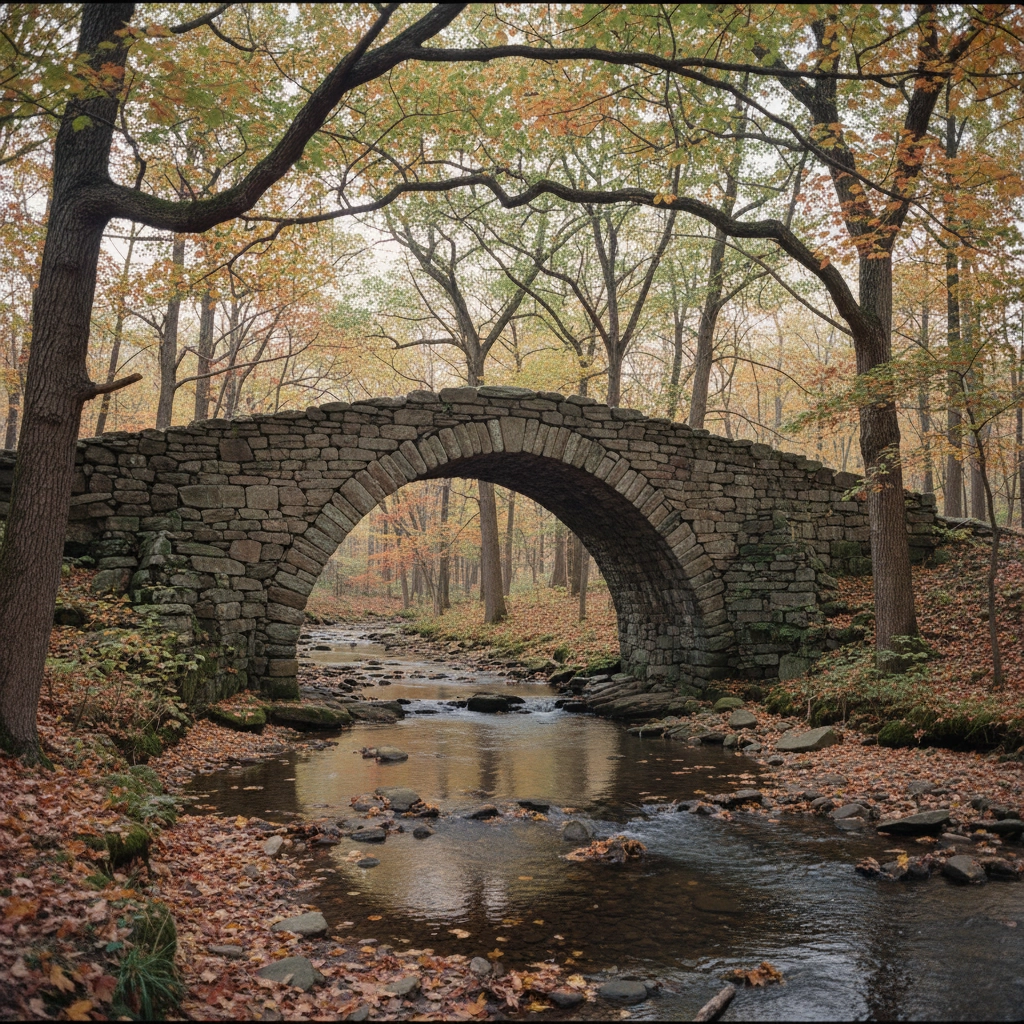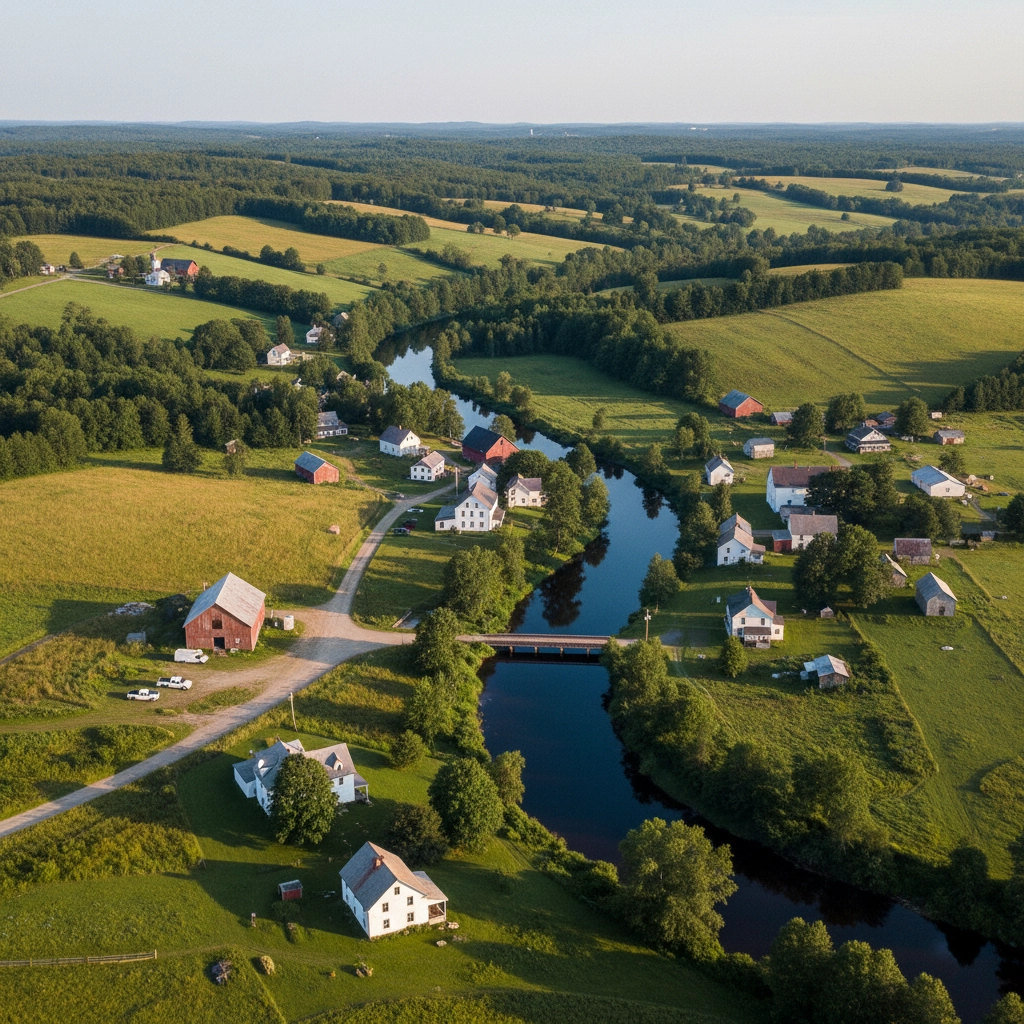A Brief History of the Town of Buckfield, Maine
- Community Blogger
- 1 day ago
- 5 min read
Welcome to a journey through nearly 250 years of Buckfield's remarkable history. Whether you're a longtime resident or considering making our community your home, understanding our town's rich past helps explain why Buckfield remains such a special place in Oxford County, Maine.
The Pioneer Spirit: Early Settlement (1770s)
Buckfield's story begins in 1776: the same year America declared independence: when Benjamin Spaulding, a fur trapper from Chelmsford, Massachusetts, ventured into the Maine wilderness and became our first permanent settler. Picture the courage it took to establish a home in what was then uncharted territory, surrounded by dense forests and inhabited primarily by wildlife.
The following spring brought more brave souls. In 1777, Abijah Buck and Thomas Allen arrived with their families, marking the true beginning of our community. These weren't just adventurers seeking fortune: they were families committed to building something lasting. Their decision to settle here would literally put Buckfield on the map.

During these early years, the area was known as Bucktown Plantation or simply Plantation No. 5, reflecting its status as an unorganized territory under Massachusetts jurisdiction. Life was challenging for these early residents, who had to clear land, build homes, establish farms, and create the foundations of community life from scratch.
From Plantation to Town: The Path to Incorporation
The transformation from wilderness settlement to organized town took strategic planning and collective effort. In 1785, eight years after those first families arrived, the inhabitants took a crucial step toward formal establishment. They commissioned a survey of their territory and collectively purchased the land from Massachusetts for 2 shillings per acre: a modest sum that secured their future.
This purchase represented more than a real estate transaction; it demonstrated the settlers' commitment to permanent community building. They were no longer just occupying land: they owned it and could shape its destiny.
The culmination of these efforts came on March 16, 1793, when the Massachusetts General Court officially incorporated the settlement as Buckfield. The name honored Abijah Buck, one of our founding families, ensuring his contribution to our community would be remembered forever. This incorporation made Buckfield the eighty-first town established in what would later become the state of Maine.
Natural Advantages: Geography as Destiny
Understanding Buckfield's development requires appreciating our unique geographic advantages. The early settlers chose wisely when they established roots here. The town featured uneven terrain with deep, dark soil that proved exceptional for cultivating grain, corn, and apples: crops that would sustain the community for generations.
Most significantly, the east and west branches of the Nezinscot River converged at what became Buckfield Village, creating a natural focal point for community development. This wasn't mere coincidence: water meant power, and power meant industry.

The river convergence provided essential water power for mills, which became the backbone of our early economy. Soon, Buckfield Village emerged as the heart of industrial, administrative, religious, and commercial activities. The sound of mill wheels turning became the rhythm of daily life, and the rivers that brought opportunity continue to flow through our community today.
Industrial Growth and Economic Diversity
By the early 1800s, Buckfield had developed into a thriving industrial center. The abundant water power supported a remarkably diverse array of industries and products. Local businesses produced lumber, roof shingles, barrel staves, box boards, shovel handles, snow shovels, handsleds, drag-rakes, brushes, brush blocks, powder kegs, leather harnesses, cutting blocks, and men's boots.
This diversity protected Buckfield from the economic vulnerabilities that plagued single-industry towns. When one business faced challenges, others could sustain the community's prosperity. Local craftsmen developed reputations for quality products that reached markets far beyond Oxford County.
By 1870, Buckfield's population had grown to 1,494 residents.
The Railroad Era: Connecting to the World
Buckfield's connection to the broader world improved dramatically with the arrival of the Rumford Falls and Buckfield Railroad. The railroad passed directly through our community, with its depot strategically located at Buckfield Village, already our established business center.

This rail connection transformed local commerce and daily life. Farmers could ship their produce to distant markets more efficiently, while manufactured goods arrived more quickly and affordably. The railroad also enabled residents to travel more easily, connecting Buckfield to the economic opportunities and cultural attractions of larger cities.
Community Infrastructure and Civic Life
As Buckfield grew, so did its civic infrastructure. Initially, town meetings were held at the constable's house in the town center: a practical but limited arrangement. In 1819, the community completed the Baptist Meeting House at town expense, which served for public meetings. However, its northern location eventually led residents to establish a more centrally located meeting place on County Road, the main thoroughfare that became the spine of our community.
The town also features notable historical structures that remain today. The Churchill Bridge, built around 1797 by William Churchill as payment for his highway tax abatement, exemplifies the dry-laid, rubble stone construction techniques common in Maine communities during the late 18th and early 19th centuries. This bridge represents the ingenuity and craftsmanship of our early residents.

Evolution Through the Centuries
Like many rural Maine communities, Buckfield experienced significant changes following its 19th-century prosperity. The late 1800s and early 1900s brought economic shifts as traditional industries evolved and populations migrated toward urban centers. However, these changes didn't diminish Buckfield's essential character.
Throughout the 20th century, our community adapted while maintaining its rural identity. Agriculture remained important, though farming practices modernized. New residents discovered Buckfield's attractions: affordable land, natural beauty, and the enduring appeal of small-town life.
Modern Buckfield: Honoring the Past, Embracing the Future
Today, Buckfield encompasses 37.77 square miles in Oxford County, bordered by Sumner and Hartford to the north, Turner to the east, Hebron to the south, and Paris to the west. The Nezinscot River continues to drain our landscape, maintaining our historical connection to the waterways that shaped early development.
While our population is smaller than in 1870, our community spirit remains strong. Modern Buckfield balances respect for our historical heritage with practical governance addressing contemporary needs. From broadband internet initiatives to emergency preparedness planning, we're building on our founders' legacy of practical problem-solving and community cooperation.

Our town government operates with the same democratic principles established at incorporation, though Select Board meetings now address issues Benjamin Spaulding and Abijah Buck could never have imagined. Yet the fundamental challenge remains the same: how do we work together to build and maintain a community where families can thrive?
The answer, as it has been for nearly 250 years, lies in the collective commitment of residents who choose Buckfield not just as a place to live, but as a community worth preserving and improving for future generations.
For those interested in learning more about our town's rich history, visit our official history page where additional details and historical documents are preserved for public access.
Whether you're a longtime resident rediscovering your town's heritage or a newcomer learning about your new community, Buckfield's history reminds us that great things can grow from small beginnings when people work together with vision and determination. That spirit continues today, ensuring Buckfield's story is far from over.

